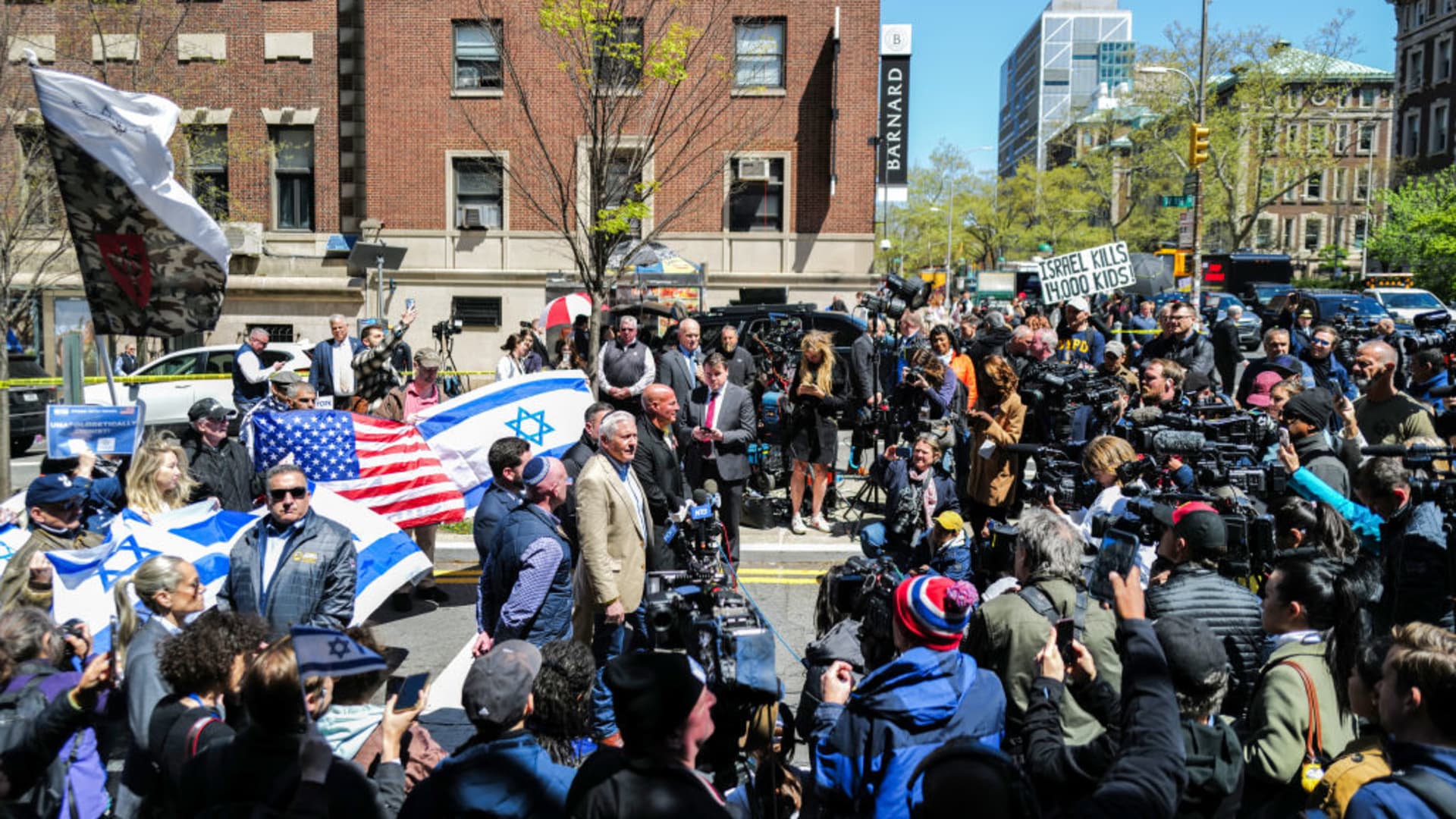New figures from the Office for National Statistics have revealed the take-up of first dose COVID jabs among over-50s in England.
Due to the progress of the coronavirus vaccination programme, it can be assumed that a substantial proportion of over-50s had been offered a jab up to 12 April – the period to which the figures apply.
Here’s what the figures show:
• Around three in 10 black over-50s have not been vaccinated
Vaccination rates for the first dose of a COVID vaccine were lower among all ethnic minority groups compared with the white British population.
The lowest vaccination rates were among people identifying as black Caribbean and black African (66.8% and 71.2% respectively), followed by people from Pakistani (78.4%) backgrounds.
This compares with a vaccination rate of 93.7% of white British over-50s, 90.9% among people identifying as Indian, and 86.9% among those identifying as Bangladeshi.
Statistical modelling showed the odds of not having received a dose of a vaccine were 7.4 times greater for people from black Caribbean backgrounds compared with people of white British ethnicity.
After adjusting for age, sex, socio-demographic characteristics and underlying health conditions, the odds were still 5.6 times greater.
For people identifying as black African, the unadjusted odds were six times greater, while the adjusted odds were 3.4 times higher.
• Vaccination rates differ by religious affiliation
The vaccination rate was highest for those who identified as Christian (93.2%).
The lowest vaccination rates were seen for those identifying as Muslim (78.8%), Buddhist (83.3%) or other religion (81.4%).
But, after adjusting for geography, socio-demographic factors and underlying health conditions, those identifying as Sikh and Hindu had a higher probability of being vaccinated than those in the Christian group.
• Jabs rates also appear to be lower among those living in more deprived areas and disabled people
There were lower vaccination rates among those in less advantaged socio-economic groups.
People living in more deprived areas, those who have never worked or are long-term unemployed, those with no qualifications and those who do not own their own home all had lower vaccination rates than their more advantaged socio-economic class counterparts.
The vaccination rate among people living in the most deprived areas of England was 87.8%, compared with 94.5% in the least deprived, the ONS said.
Meanwhile, disabled people who reported being “limited a lot” in their day-to-day activities had lower rates of vaccination (89.3%) compared with those who were non-disabled (92.3%).
This disparity between disabled and non-disabled groups was greater within those aged 50 to 69 years than those aged 70 years and over.
• There is also a relationship between English language proficiency and jab rates
The ONS also found a relationship between proficiency in English language, as recorded in the 2011 census, and vaccination rates.
Estimated rates were 75.3% among those who do not speak English at all, 75.9% for people who do not speak English well, and 92.7% for those whose main language is English.
However, the ONS said statistical modelling shows that the lower rates of vaccination in ethnic minorities, certain religious groups, disabled people and less advantaged socio-economic groups are not fully explained by differences in other geographical and socio-demographic factors or underlying health conditions.
The ONS had analysed data from the National Immunisation Management Service (NIMS) on people over 50 between 8 December and 12 April, linking it to people’s NHS numbers.
Subscribe to the Daily podcast on Apple Podcasts, Google Podcasts, Spotify, Spreaker
Hugh Stickland, head of strategy and engagement at the ONS, said: “Vaccination rates in the over-50s in England are lower in all ethnic minority groups compared with their white British counterparts, with the lowest rates in those who identify as black Caribbean and black African.
“Lower vaccination rates were also observed in those who identify as Muslim, disabled people, and those living in more deprived areas.
“This is broadly similar to the groups who express vaccine hesitancy.
“However, the reasons for lower uptake are likely to be complex, including for example being unable to travel to a vaccination centre.”





